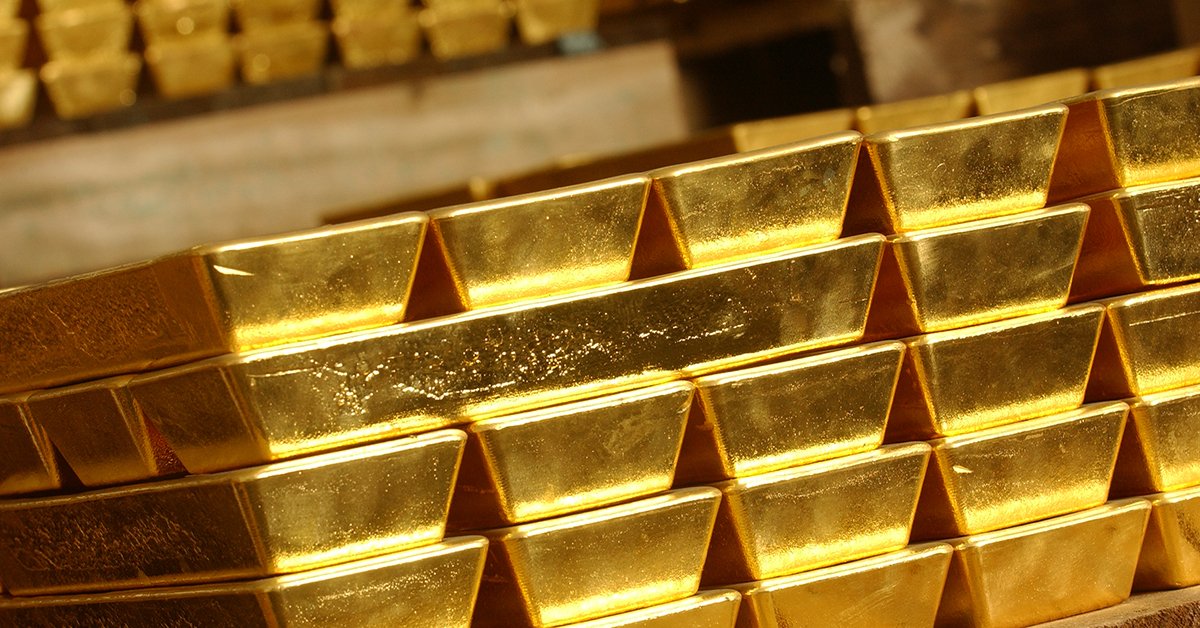Gold Mining Methods

The extraction of gold and gold ores from ground is known as gold mining. It is possible to get gold out of the earth using a variety of methods and processes.
Mining For Gold From The Ground
Placer mining refers to the process of extracting gold from a placer deposit. Water or dredging are the most common methods of obtaining placer deposits since they are formed of loose matter that makes digging difficult.
Panning
It is a manual method of separating gold from these other substances. Gold may be found in sand and gravel collected in large, shallow pans. To separate the gold from pebbles and other impurities, the pan is dipped in water and agitated vigorously. A pan of gold is quickly depleted of its precious metal content because gold is so much more dense than rock. A placer deposit is one in which gold is concentrated in a thin layer on the bedrock shelf of a stream because of the density of the material used in panning. See Here to Learn How To Get Started In Gold Trading: A Comprehensive Guide To The Gold Markets.
This method of looking for gold is the simplest and fastest, but it is not viable for extracting gold form big deposits, unless labour costs are extremely low or the gold trace is substantial. Panning for gold is a popular tourist attraction in areas where gold was once mined. It is necessary to find a fresh supply of gold before implementing large-scale production methods, and panning can help locate placer gold deposits for testing commercial feasibility.
Sluicing
Western North America, 1900s: extracting gold from sluice boxes Prospecting & small-scale mining have historically used sluice boxes to recover gold from placer deposits. Basically a canal dug by hand, with riffles installed at the bottom, a sluice box serves this purpose. Dead zones in the stream are created by the riffles in order to allow the gold to fall out of suspension and be collected. Boxes are used to direct water flow. The box is topped with gold-bearing material. Stuff is transported through a volt where gold and also other dense material accumulates behind the riffles. Tailings are the less dense material that has been pumped out of the reactor box during the process.
Alluvial materials like boulders and gravel can be removed by screening plants or trommels before being concentrated in a jig plant in bigger commercial placer mining operations. Excavators, wheel loaders,bulldozers, & rock trucks are commonly used in these types of tasks.

Dredging
Small-scale miners still use suction dredges for dredging, despite the fact that newer methods have mostly superseded it. It is common for one or two persons to run these little devices, which float on the water. Sluice boxes are supported by pontoons and connected to suction hoses by a miner working below the surface of the water.
To minimise conflicts with fish spawning times, many gold dredging regions in the United States have state-issued dredging permits that define seasonal time periods and area closures. Some states, like as Montana, need a complex permit process, which includes permits from U.S. Corps of Engineers, the Montana Department of Environmental Quality, as well as the local county water quality boards, among others.
Commercial production all over the world makes use of huge suction dredges (up to 75 kW and 250 mm (10 in) in diameter). For smaller gold nuggets, mini suction dredges are far more effective than the conventional bucket line. As a result, the likelihood of discovering gold has increased. If you see “colour” (gold) beneath rocks or along prospective pay lines, you’ll employ dredges with suction tubes of 50 to 100 millimetres (2 to 4 inches).
During periods of low water, large-scale dredging activities take place on river gravel bars. Typically, a land-based excavator is used to feed a temporary pond-based gravel screening facility and sluice box. It is excavated with in sand and filled with water from the groundwater. Processing of “pay” material is carried out on board the floating plant, which traps gold in an onboard sluice box. Tailings are then stored back at the plant to fill in any empty space.
Because each rock is only transported once during this kind of gold mining, it’s extremely low-priced and efficient. Because no vegetation and overburden is removed, and so all process water is recycled, this method has a low environmental impact. These kinds of operations are commonplace on New Zealand’s South Island in the Klondike region of the Canadian province.
The Stomping Ground
As with the sluice box, the rocker box employs a riffle in a high-walled box to trap gold in such a similar way. Sluice boxes require more water than a rocker box, thus it’s better suited to dry locations. Placer gold can be separated by gravity using a rocking action that moves water.
Mining On The Rocks
The majority of the world’s gold is mined by hard rock gold mining, which removes gold embedded in rock rather than bits in loose sediment. Open-pit mining, and also at the Fort Knox Mine in central Alaska, is occasionally employed. On the Goldstrike mine property in northern Nevada, Barrick Gold Corporation operates one of North America’s largest open-pit gold mines. In some gold mines, the ore is extracted via tunnels or shafts in the subterranean. The largest tropical hard rock gold mine, located in South Africa, reaches a depth of 3,900 metres (12,800 feet). The heat is terrible for humans at these depths, thus air conditioning is necessary to keep the employees safe. As the world’s deepest mineral mine, Robinson Deep was the first of them to get air conditioning.
Byproduct Gold Extraction
Gold can also be mined in ways that don’t make it the primary end product. In large copper mines, like the Bingham Canyon mine in Utah, gold and other metals are often extracted. Washing processes at some sand and gravel pits near Denver, Colorado, may recover trace amounts of gold. The world’s largest gold mine, the Grasberg mine in Papua, Indonesia, is mostly a copper mine.

